| Your browser is not supported. | ||
|
Please browse our site using any of the following options:
| ||
Maintaining Your Fishing Gear
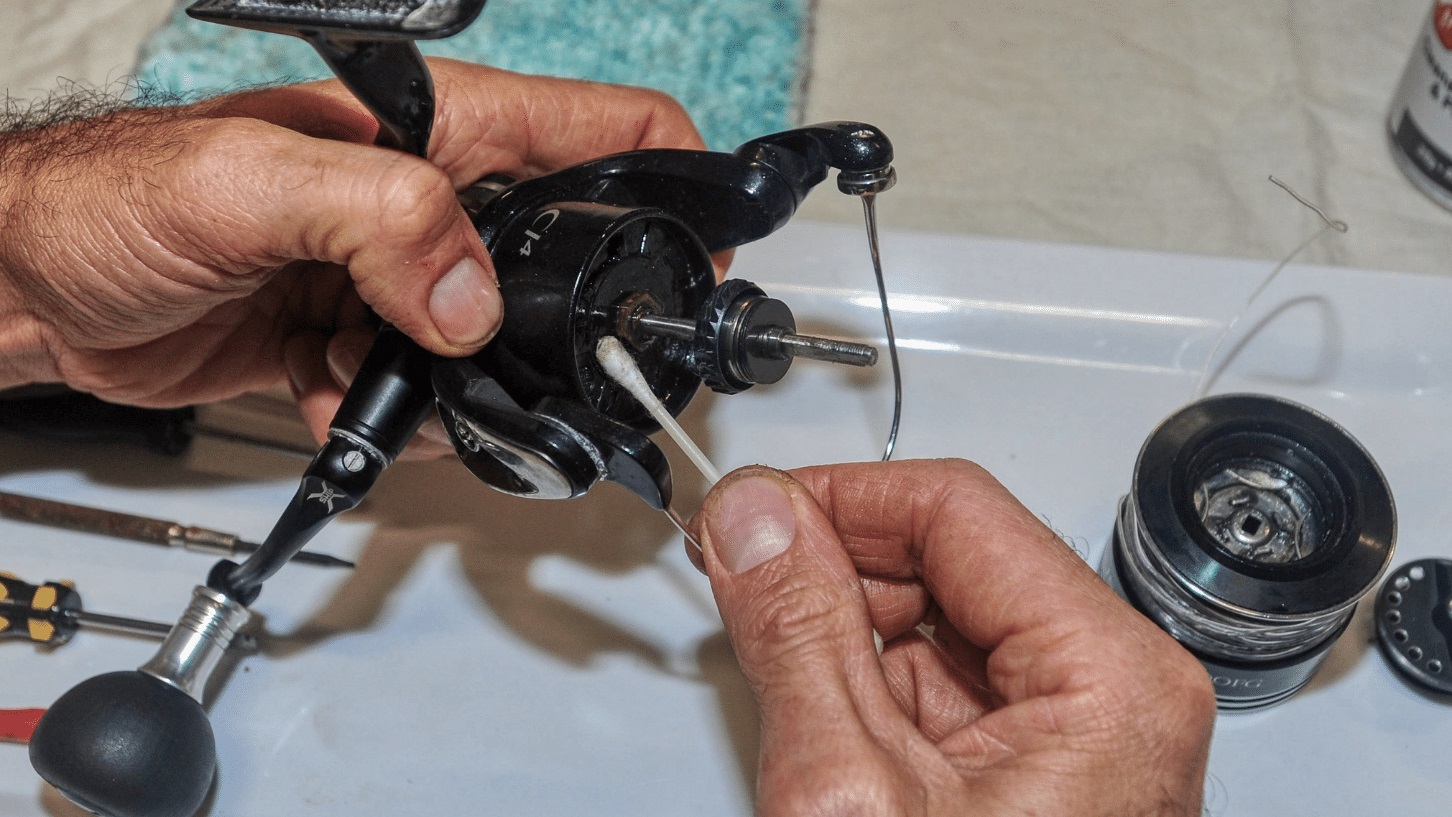
With the cooler months now upon us, it's high time to do some basic maintenance on all tackle components. Jamie Crawford points us in the right direction.
While we still have some good fishing options around our country during the winter months, the weather quite often throws a spanner in the works for well-laid plans, and hitting the water regularly is certainly more of a challenge.
The cycle of winter weather means we have more than our fair share of down time at home during the cooler months. This presents the perfect opportunity to go down to the shed with a hot brew, some reel lubrication and cleaning cloths, throw on some tunes in the background and get into some tackle maintenance.
I usually have a good stint or two down in the shed servicing reels, cleaning rods and the boat, and maintaining terminal tackle during the cooler months. While this may not be as exciting as hitting the water itself, the result of well-maintained tackle is more fish landed, so think of it as steps towards future success.
Let's look at tackle maintenance, with a focus on rod, reel and terminal tackle.
Fishing reel maintenance
There's a good chance you've experienced a reel that has seized up or shown signs of corrosion and either not known what to do about it. Truth is, even the best reels on the market will require some routine maintenance to function optimally. Higher-end reels will contain better quality components, and they generally boast better-sealed bodies and moisture-dispersing features.
As a rule of thumb, after each session I tighten the drags on my reels, give them a quick wash under running water, a quick spray of lubricant/water dispersant such onto moving parts, then loosen the drag and wind the handle to remove moisture off the reel.
This quick process will help to keep the reel clean and disperse salts, and should see the reel performing well until a more comprehensive service is completed in winter.
Not all reels can go a full season in between servicing though. Surf fishing can be very taxing on tackle, with sand and salt infiltrating quite easily. I generally give my surf fishing reels a service after about four or five days' use on the beach.
Similarly, before a fishing trip away I clean and service my reels - the last thing you want are reel issues in a remote location. For the rest of my reels though, a service and clean out in winter generally sees them through until the following season.
First, I prepare an area. I usually set up a clean table in the shed with adequate lighting above. Items required include:
- Screw driver set, including small Phillips head and flat head screw drivers
- Long nose pliers and tweezers
- Tooth brush
- Tissues and cleaning cloths
- Container for small screws and parts
Spinning reels
With spinning reels start off by undoing the drag knob and removing the spool from the main shaft. I spray the underside of the spool and the shaft with non-degreasing spray.
Both sprays disperse moisture and salt and offer an anti-corrosion lubricant. I then use a soft cloth or tissue to remove the excess spray, which normally removes any sand, salt and grime that may have built up. I check the top lip of the spool for any cracks or cuts that might catch the line on the cast. I remove the drag washers, and if they are metal washers, I simply wipe them clean with a cloth and replace. If they are wet washers, I reapply drag grease.
I check the roller bearing to make sure there are no cuts on the roller, and that it spins freely. You can usually tell when a roller bearing is seizing, as it squeals when line passes over the roller. A few drops of oil onto the roller will ensure smooth operation. A few drops of oil into the moving mechanics of the bail arm will also aid in smooth movement.
I then remove the handle and add a few drops of oil into the gear bearings, which are often visible once the handle is removed. Due to the complexities of some of the new generation spinning reels, some manufacturers do not recommend removing the side plates to service the internal gearing.
If you are confident in servicing your reel internally, by all means go ahead. To do this it pays to have an expanded schematic diagram of your reel, and to methodically lay parts in sequence as they are removed from your reel to aid in reassembly.
I still strip down a lot of my reels, but there are some well-sealed and complex reels I do not open up. If you do service your reel internally, carefully clean the removable components to get rid of any salt or grime and use grease on moving friction points such as the main shaft.
I offer a light spray of lubricant (make sure it's a non-degreasing lubricant again) to protect the internal components. It's a good habit to avoid contact of any aerosol sprays with fishing line. Some sprays will be okay, but others can degrade fishing lines, especially monofilament and fluorocarbon, so as a rule of thumb, avoid contact.
When you start putting the reel back together, try adding a dob of reel grease to each screw to prevent them seizing in the future. A few drops of oil in moving parts such as the reel handle and a wipe over the reel with a soft cloth or tissue will complete the clean.
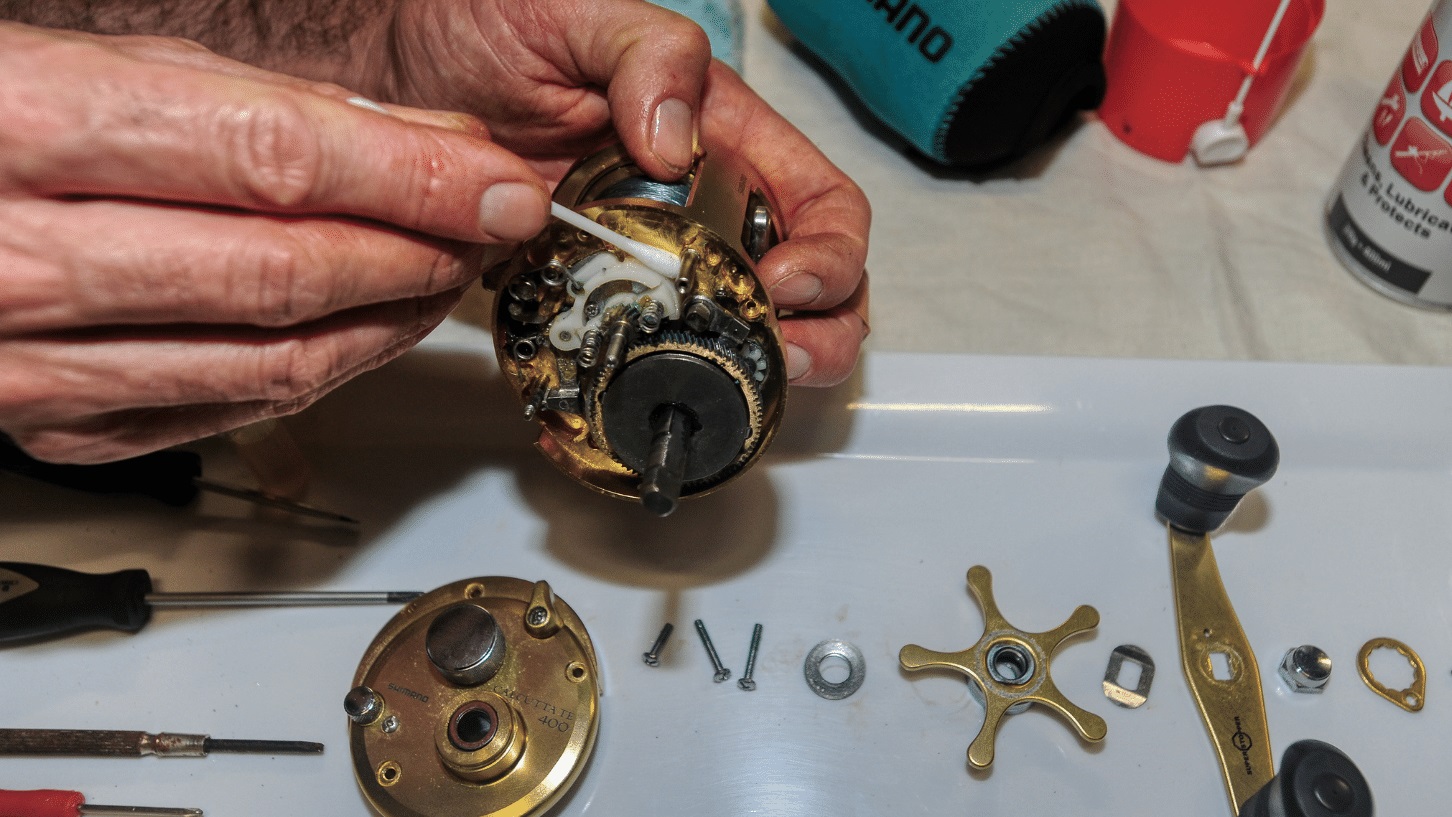
Overhead and baitcaster reels
For overhead and baitcaster reels, start by removing the side plate and sliding the spool from the reel housing. Physically clean the inside of the reel with a cloth to remove dirt and use a cotton bud to clean around the hard-to-access areas of the reel. Use some reel oil on the brake collars and any internal bearings.
Next, remove the handle assembly, star drag (if applicable), and second side plate. Once inside, you can remove the drive gear, pinion gear and drag washers, and clean them of any old grease or dirt.
I basically look to physically clean the internal components of the reel before reassembling and adding new reel grease to the contact components, such as the drive and pinion gears. Once again, I offer a light spray of lubricant to other moving components.
If your reel has a level wind, it is a good idea to remove the worm drive and Archimedes screw and give them a clean to remove old grease. Because the worm drive is partially exposed in overhead reels, it can attract sand and dirt onto the grease. Once cleaned, add some new grease and reassemble.
You may need to realign the level wind with the line placement coming off the reel before locking the Archimedes screw into place, depending on the model of overhead you are using. Once again, add oil to moving external parts such as the handle knob and a quick surface clean to remove dirt and grime and you will be finished.
After servicing and cleaning my reels, I then inspect the main line to make sure the line looks okay to withstand another season. If the line is rinsed off after each session and reels are kept inside, the main line should last multiple seasons under normal use. If you fish around heavy structure or undertake regular land-based game fishing, you may look to replace your line earlier than normal. Likewise, interaction with clumps of weed while surf fishing will shorten the lifespan of main lines. If I'm happy with the main line, I will just remove the top five metres and tie a new leader ready for the next session.
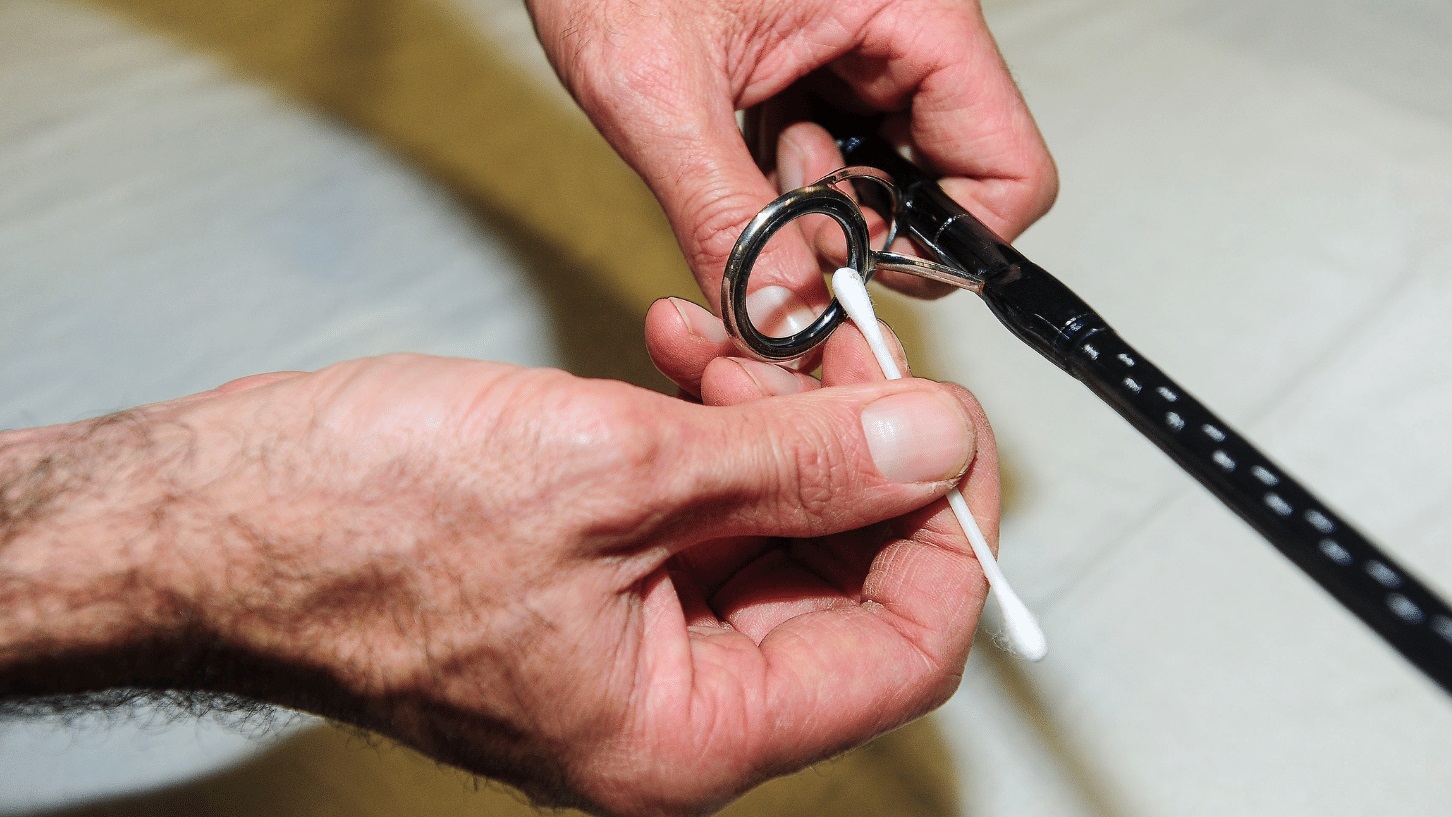
Fishing rod maintenance
Rods play an equally important role in the field, but with fewer moving parts the maintenance regime is less involved than reels. After each session I rinse my rods with a hose and wipe over with a damp cloth, just to remove any morsels of bait, salt or sand.
During the winter months though, it's a good opportunity to give your rods a once-over. Start by using some warm, soapy water and with a cloth wipe over the rod from tip to butt, then rinse off under fresh water. Be careful of using strong cleaning agents on the rod blank, as some solvents can damage the resin used on binding.
Use a dry cloth to remove moisture before inspecting the guides for any small cracks. These cracks can cut line, especially braided line when under load. A good test is to use a cotton bud and wipe over each guide insert. Any crack will catch the cotton. Cracked guides should be replaced immediately.
You can wipe reel grease onto the guide frames to prevent corrosion, and for roller-tip game rods, the rollers can be regreased. Similarly, the reel seat can be cleaned and the thread sprayed with a lubricant to ensure smooth movement.
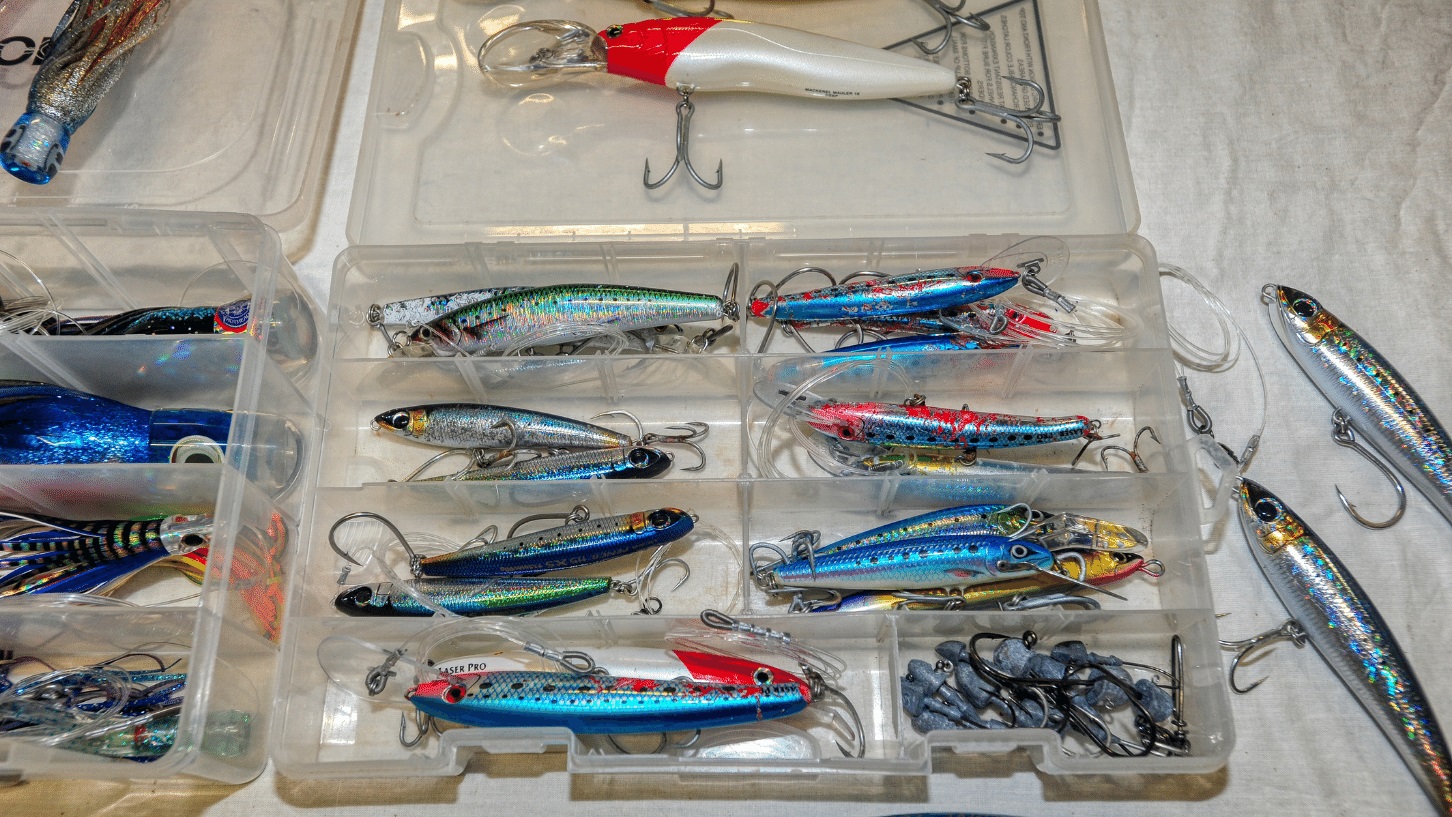
Lures
Most fishers accumulate lures throughout each season, and before you know it you've got a mixed bag of hard body, vibes, jigs and soft plastics mixed in with each other.
I take this opportunity to sort through my lures. I start off by removing lures from circulation - lures that I don't and won't use in the future - plus damaged or aged lures. I don't throw these away. They're just put in a 'special tray' in the bottom of the cupboard.
I like to sort my lures and group into appropriate trays. I inspect all lures used in the past season, and replace trebles, in-line singles and split rings if required. Some hooks will just require a sharpen, especially stainless steel trolling hooks.
I'll inspect leaders on blue water lures such as skirts, and will replace if showing signs of wear. Similarly, with my metal jigs I'll inspect the assist hooks and sharpen or replace if needed. Before I stow any lures away I make sure they are 100% dry. Any lures I have rinsed will be hung up to dry in the shed before stowing in a tackle tray or lure wrap.
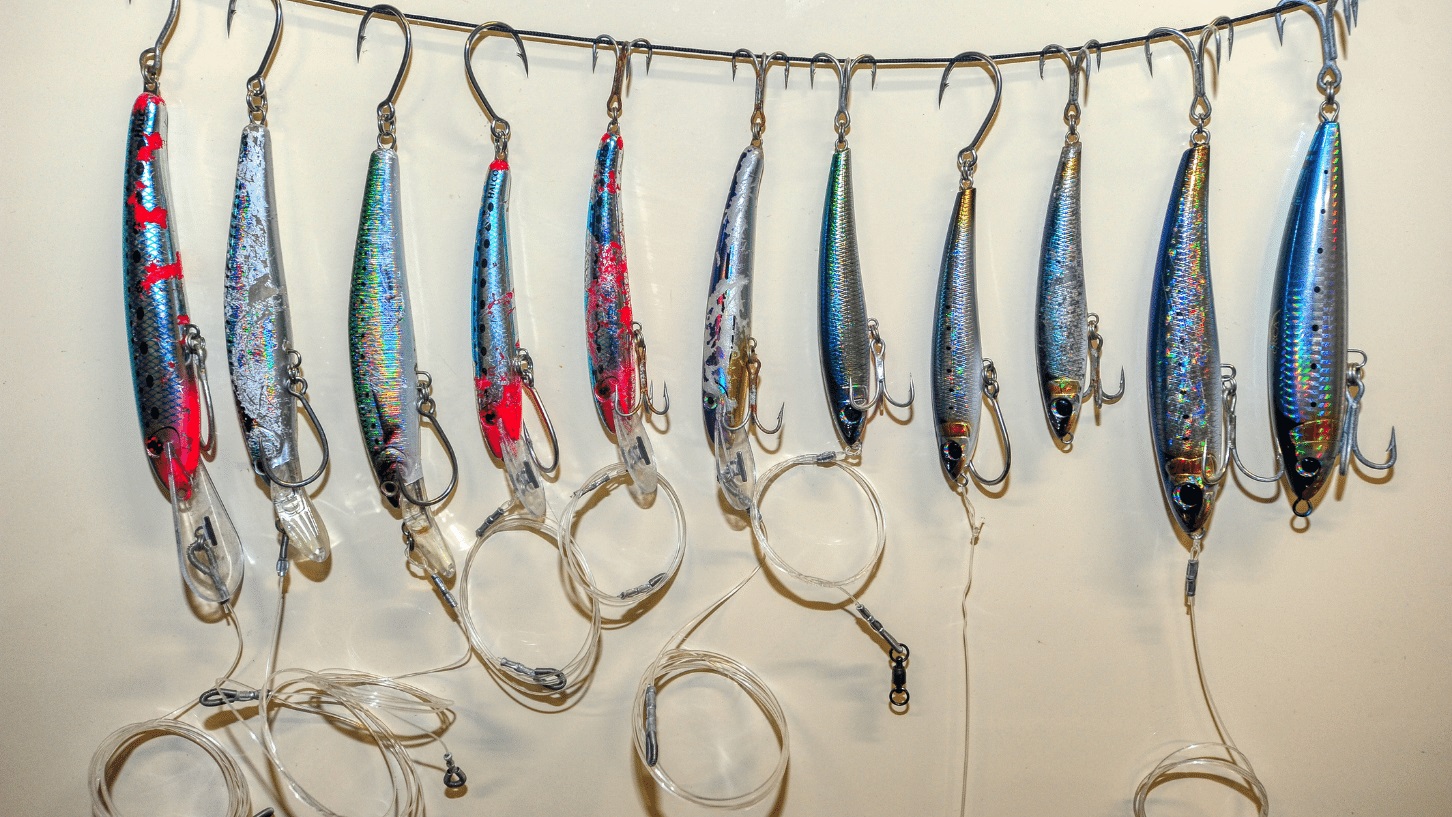
Terminal tackle maintenance
While I'm in my cleaning and maintenance mode, I'll go through my tackle bag and will do a big clean out, removing rubbish and noting terminal tackle or equipment that needs topping up or replaced. I keep trays of hooks, swivels and crimps in my tackle bag, and these slowly get used throughout the course of a season. I'll also go through my tag cards to make sure I have submitted all outstanding cards and I have enough stock of the various tags for the next season.
Winter time is also a good opportunity to make rigs for the coming season. This includes tying and swaging bait fishing rigs, live bait rigs, bottom bouncing rigs, shark traces etc.
Preparing terminal tackle takes time, and I always prefer doing it at a leisurely pace rather than having to make several rigs the night before a fishing trip. Prior preparation goes a long way.
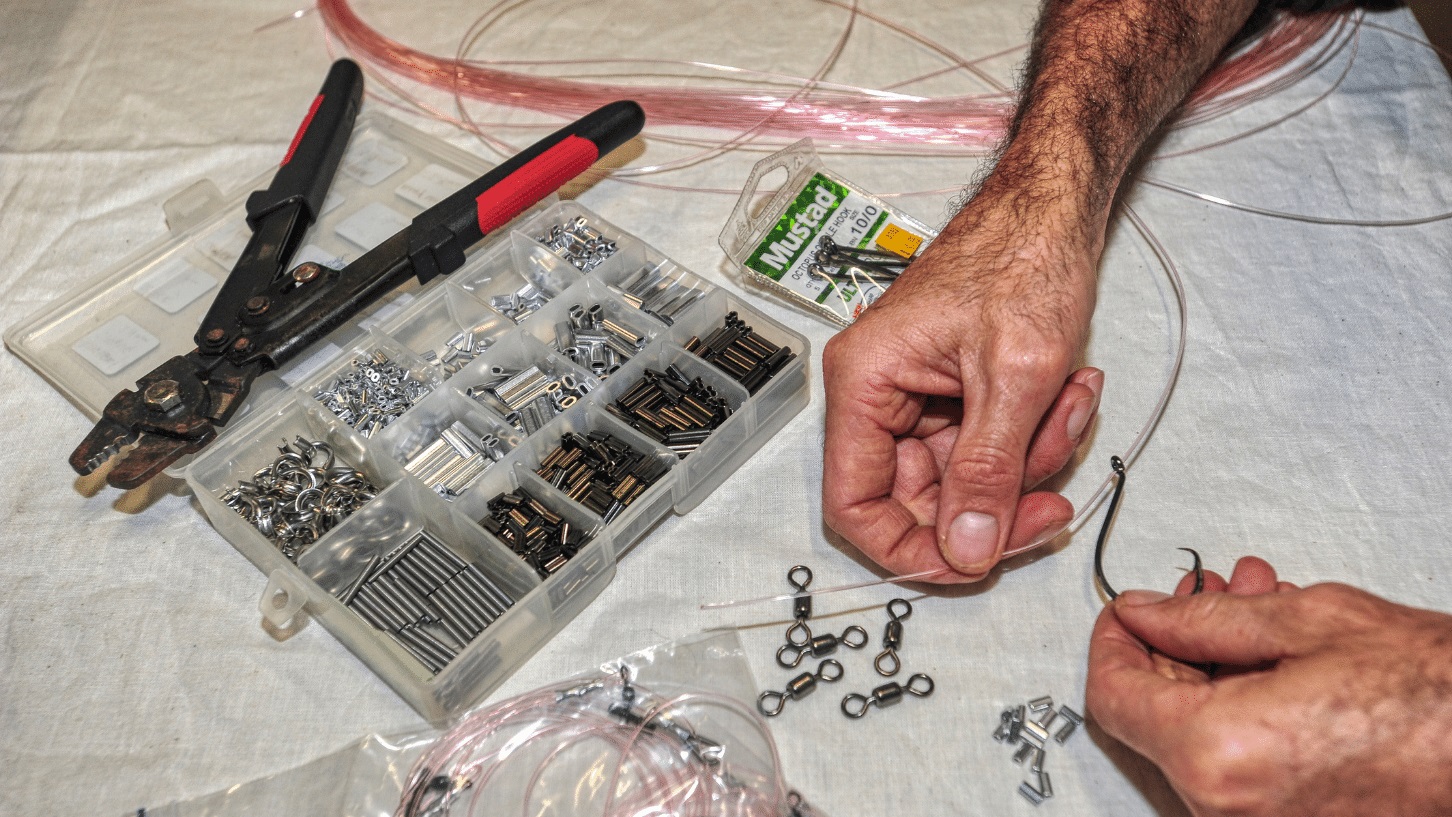
I also spray my pliers and crimping tools with an anti-corrosion lubricant to prevent them from seizing up. Winter is also a good time to back up all the fishing marks from your GPS and onto your computer. Backing up your marks more frequently than once a year is wise, but if you only remember in winter, then that's better than never!
Our cooler months can still be a productive time of maintenance and preparation for the next season. We are bound to lose a day or two on the water due to the forecast this winter, so why not use the time wisely?
Find your local Anaconda store and check out our extensive range of fishing gear to get you ready for your next bream fishing session.